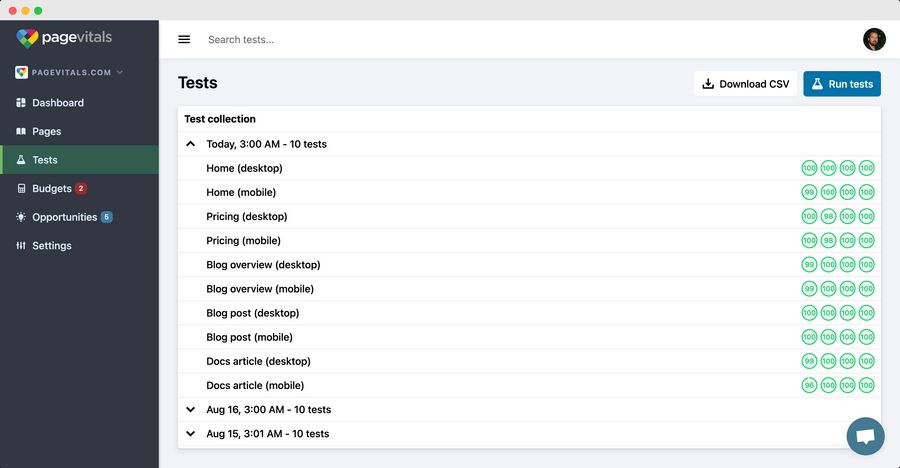Synthetic testing works like a pretend test for a website. We create computer programs or bots that act like someone visiting the website and see how it performs.
Imagine the website is a playground, and the synthetic tests are like friendly robot kids playing on the swings and slides. These robot kids follow specific instructions, like clicking on links, loading pages, and waiting for things to load, just like real people would.
Here's how synthetic testing works step by step:
- Creating the Robot Kids: We program the friendly robot kids, which are like computer programs, to visit the website. Each robot kid has its own set of instructions to follow.
- Giving Instructions: We tell the robot kids what to do, like which pages to visit and what buttons to click. We can even make them act like they are using different devices, like smartphones or computers.
- Testing from Different Places: We can send the robot kids to visit the website from different locations around the world. This helps us see how the website performs for audiences in different countries or regions.
- Watching the Robot Kids Play: The robot kids start visiting the website and doing what we told them to do. They record how fast things load, if any errors happen, and other important information.
- Getting Results: After the robot kids finish playing on the website, they come back with a report. This report tells us how well the website did during their visit, like how quickly the pages loaded or if there were any problems.
- Making Improvements: If the robot kids find any issues or areas for improvement, we can use this information to fix the website. It's like getting tips on how to make the playground even better for real kids!
